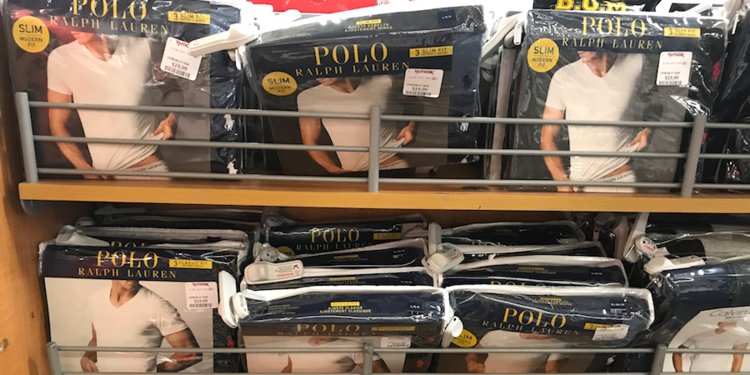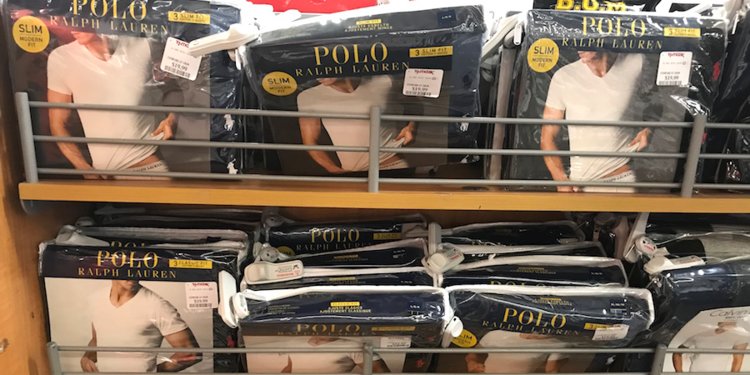
Ralph Lauren retreated from department stores and off-price retailers, and it’s paying off.
Early Tuesday morning, the luxury retailer reported strong third-quarter earnings for fiscal 2019. In North America, same-store sales numbers were up 4% overall, with especially impressive growth online.
But analysts were also impressed by its bottom line: operating income soared 22.6% in North America versus last year.
“Much of this is down to far lower rates of discounting, especially in the wholesale channel,” Neil Saunders, managing director of GlobalData Retail, wrote in a note to clients on Tuesday.
He continued: “We also see this as a sign that Ralph Lauren’s more disciplined and focused approach to producing collections is allowing more product to be sold through at a fuller price.”
Less discounting to improve the brand image
Chaotic racks of discounted designer clothing and handbags at TJ Maxx might be a bargain hunter’s paradise (and a good way for brands to shift their old stock), but some apparel executives worry that it doesn’t necessarily bode well for their brands’ image in the eye of the consumer.
Because of this, several luxury brands including Ralph Lauren, Michael Kors, and VF Corp — the parent company of brands such as North Face and Timberland— have all said that they want to scale back from off-price and department stores.
In 2017, Ralph Lauren CEO Patrice Louvet announced the company would pull back inventory from underperforming department stores by as much as 25%. Louvet was following in the footsteps of former CEO Stefan Larsson, who had initiated similar attempts to make the business more efficient.
Larsson claimed that heavy discounting wasn’t only damaging to profits but also to the overall brand image. He said that shoppers would only spend money on “exciting” apparel and “exciting isn’t selling a generic product with more and more discounting.”
A spokesperson for Ralph Lauren confirmed to Business Insider that the company hds reduced its distribution to department stores by 25% but would not be pulling back any further at present.
Instead, moving away from the off-price channel is now a priority.
Company CFO Jane Nielsen told investors on an earnings call on Tuesday that the brand’s strategy is to reduce its penetration in the off-price market and focus on using these stores as an “excess inventory clearance vehicle.”
To do so, Ralph Lauren will be keeping a tighter handle on inventory levels to avoid having any leftover unwanted stock that is vulnerable to markdowns, and reducing the amount of items that it makes specifically for off-price stores.
What does this mean for off-price stores?
The off-price channel has become one of the retail sector’s sweet spots in recent years, but a lack of availability of product caused by tighter inventory levels and stores such as Ralph Lauren pulling back their off-price-specific collections could put pressure on this channel in the future.
A spokesperson for TJ Maxx declined to comment on how this would impact business. However, in the past, it has been confident that these shifts are not a concern.
“Availability has never been an issue for us, and with a vendor universe of more than 18,000 vendors, we have tremendous flexibility in the brands that we offer consumers,” a spokesperson for TJ Maxx told Business Insider in January last year.

